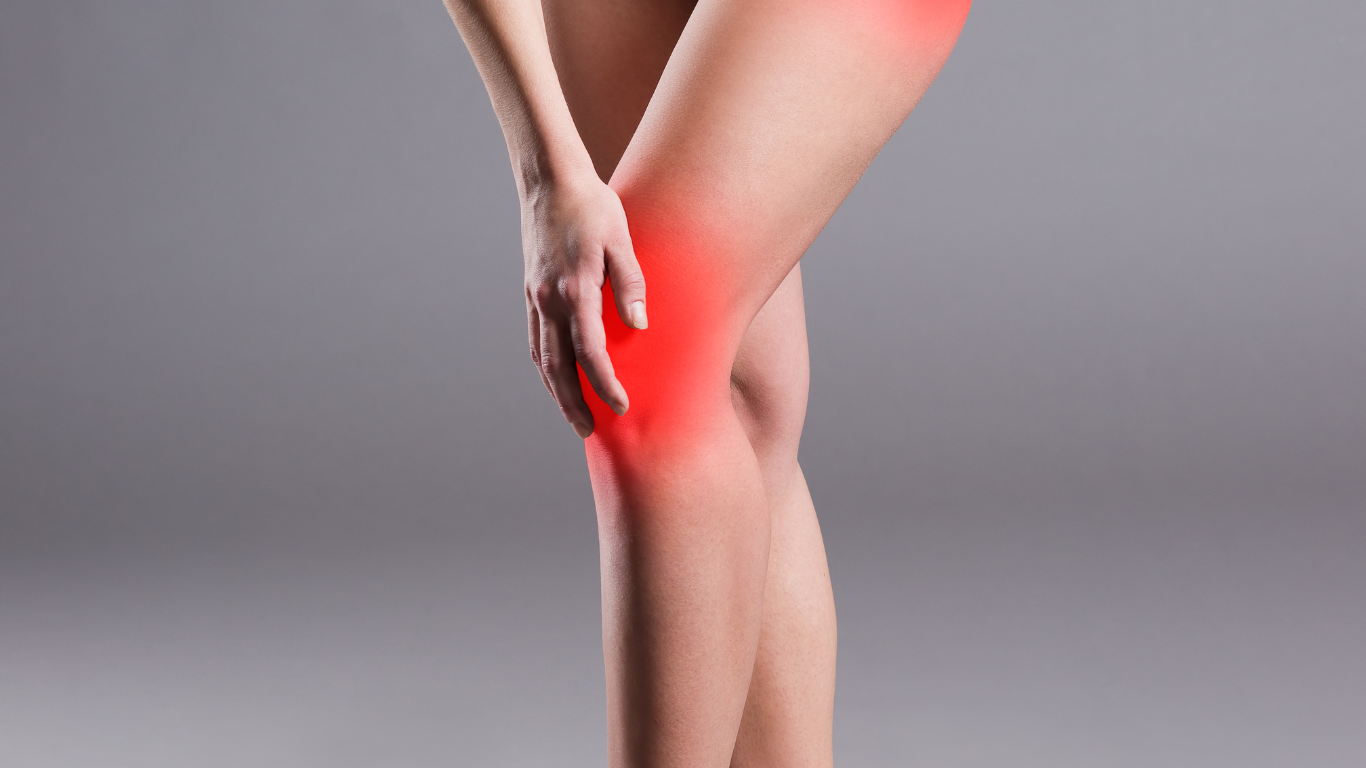Menopause can bring a host of physical and emotional changes, one of which is joint pain. This can be a frustrating and debilitating experience, but it’s important to understand that it’s a common symptom of menopause. In this blog post, we’ll explore the causes of joint pain during menopause and discuss some effective ways to manage it.
One of the main causes of joint pain during menopause is the decrease in estrogen levels. Estrogen plays a crucial role in maintaining healthy joints and bones, and as it drops during menopause, it can lead to an increase in inflammation and pain. Other factors that can contribute to joint pain during menopause include a lack of physical activity, weight gain, and osteoarthritis.
To manage joint pain during menopause, it’s essential to take a holistic approach. This includes taking care of your physical and mental health, as well as incorporating certain lifestyle changes.
First and foremost, it’s important to maintain a healthy weight. Excess weight can put added pressure on your joints, leading to pain and inflammation. Eating a balanced diet and engaging in regular physical activity can help you maintain a healthy weight and strengthen your joints.
Another way to manage joint pain during menopause is to incorporate supplements that can help support joint health. Some popular supplements include glucosamine, chondroitin, and omega-3 fatty acids. It’s essential to consult with your healthcare professional before starting any supplement regimen.
Physical therapy is also a great option for managing joint pain during menopause. A physical therapist can help you develop an exercise program that is tailored to your needs and can help you improve your flexibility and strength.
Lastly, it’s essential to take care of your mental health during this time. Stress and anxiety can exacerbate joint pain, so it’s important to find ways to relax and manage stress, such as yoga, meditation, or talking to a therapist.
In conclusion, joint pain during menopause is a common symptom caused by the decrease in estrogen levels, lack of physical activity, weight gain, and osteoarthritis. To manage this pain, it’s essential to take a holistic approach that includes maintaining a healthy weight, incorporating supplements, physical therapy and taking care of mental health. Remember to consult with your healthcare professional before starting any supplement regimen.

View comments
+ Leave a comment